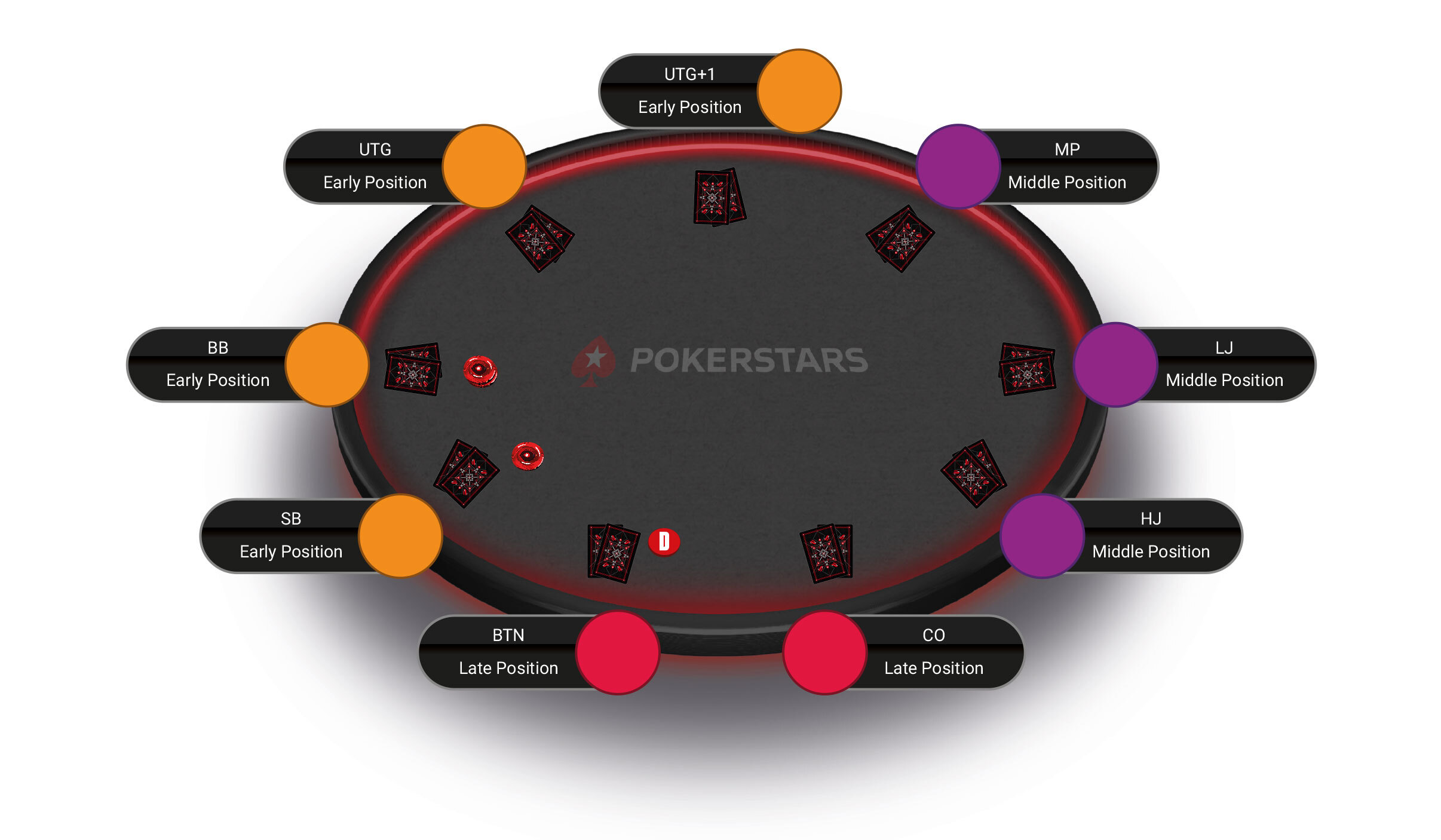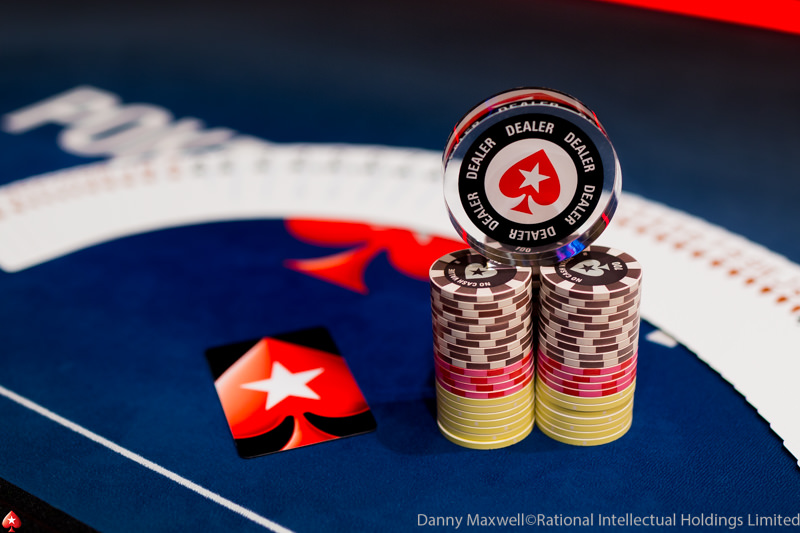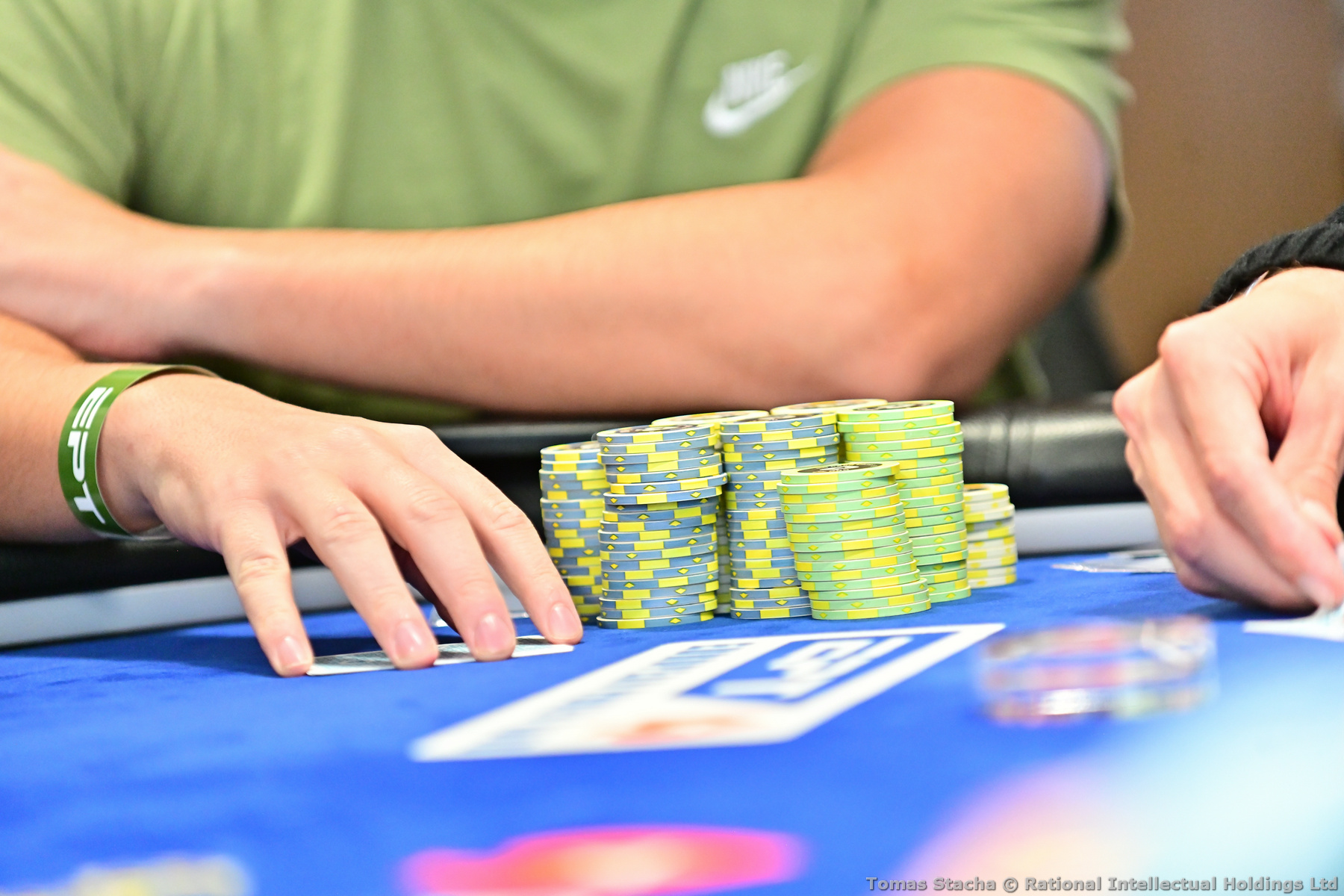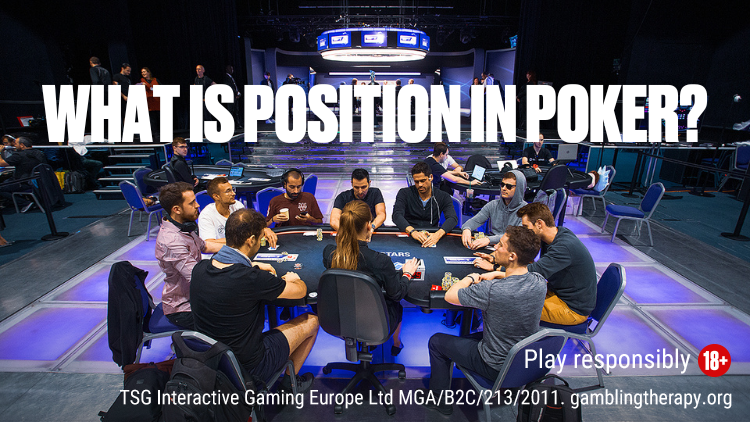Table of Contents
You’ve probably heard that position in poker is important…but just what is position in poker? Find out and refresh your memory with our guide.
What are the positions at a poker table?
At a nine-handed poker table, there are nine different positions. These are:
Small blind
Big Blind
Under the gun (UTG)
UTG+1
Middle position
Lojack
Hijack
Cutoff
The dealer (a.k.a. The button, or BTN)


As the dealer button rotates clockwise around the table from player to player, the position you’re in will change from hand to hand.
The easiest way to work out which position you’re in before a hand begins is by looking at where the dealer button is, or which player is in the big blind, and calculating accordingly.
What is the best position in poker?
Being on the button (i.e. the dealer) is considered the best position at the poker table for a few reasons.
Perhaps the most obvious is that you now have an entire round of play before you have to post the blinds again. This is great news, particularly if you’re short-stacked and waiting to pick up a good hand so that you can go all in.
But the button’s position in relation to the blinds also makes it the most powerful position.
The under-the-gun player (the player sat to the left of the big blind) has to act first pre-flop, and then every player, in turn, acts next. The button is the last player to act before the action reaches the blinds, and this gives them a big advantage.
The button gets to see how every other player acts–aside from those in the blinds–before they have to act. This gives the button a lot of information that a player in middle position, for example, doesn’t have.


The “dealer” button is strategically the best position on the table
Let’s say under the gun opens and middle position decides to play aggressively and three-bet (i.e. raise the original raiser) with a weakish hand, hoping everyone including the original raiser will fold. The problem is there are still lots of players left to act and one of them might wake up with a very strong hand. If the middle-position player’s raise then gets raised (i.e. four-bet), they’re in a tricky spot and will probably have to fold.
If you’re on the button, however, and when under the gun opens it folds around to you, there are only two more players left to act behind you. This gives you a bit more freedom with your actions as with fewer players remaining in the hand, it’s less likely someone will have a strong hand.
Now let’s say everyone folds and the action is on you on the button.
You are now in a great position to raise with a wide range of hands as you have a shot of winning the blinds and antes if both of the blinds fold.
Moreover, even if one of the blinds does call, or even raise, you can play more comfortably knowing you’re guaranteed to be “in position” (i.e. the last player to act) post-flop.
What is a late position in poker?
After the button, the next best positions at the poker table would be the “late positions”.
But what are they?
The cutoff
The hijack
The lojack
These three positions are called the late positions because aside from the player behind the dealer button, they are the last positions to act before action gets to the blinds. Therefore, they will be in position post-flop should they play and the button fold.
How to play in position in poker
Being “in position” means that you get to act after your opponents from the flop onwards, thus getting to see how they act before you have to. Whoever is sat closest to the dealer’s right will be in position.


This is something you should take into consideration pre-flop as it will impact your hand choices. For example, in theory, you can play more aggressively with bluffs when you’re guaranteed to have position post-flop.
But remember, other players who have position on you might wake up with hands after you’ve acted. If you call or raise with a weak hand from the cutoff, for example, the player on the button could raise both of you in position.
How to play out of position in poker
If theory suggests you play more aggressively with wider ranges when in position, then the opposite is true for when you’re out of position. When you know you’ll be at a disadvantage post-flop, you should be cautious with the range of hands you choose to play post-flop.
When the flop has been dealt, a common leak among poker players is to continuation bet (i.e. bet the flop having raised pre-flop) too frequently. You might think that as you raised pre-flop, that means you’re in control of the pot and a c-bet will force your opponent to fold when they miss. But savvy players can pick up on aggressive c-betting and turn the tables, using their positional advantage.
Always consider the texture of the flop before c-betting. Is it a board that hits your range of hands as the pre-flop opener? Or is it a board that favours your opponent’s range?
Now let’s say you’ve cold-called a pre-flop raise (cold-calling means to call a bet as your first action). It’s important to know what hands you should can do this with from each position (pre-flop charts are great for giving you a baseline strategy), and the best ways to respond to different flop textures (this comes from experience and study).
FURTHER READING:
Understanding ‘The Cutoff’ in poker
Understanding ‘The Hijack’ in poker
Understanding ‘The Button’ in poker








